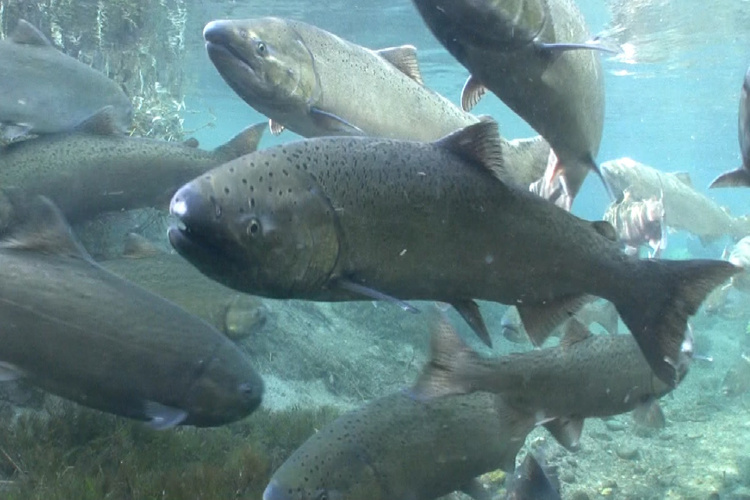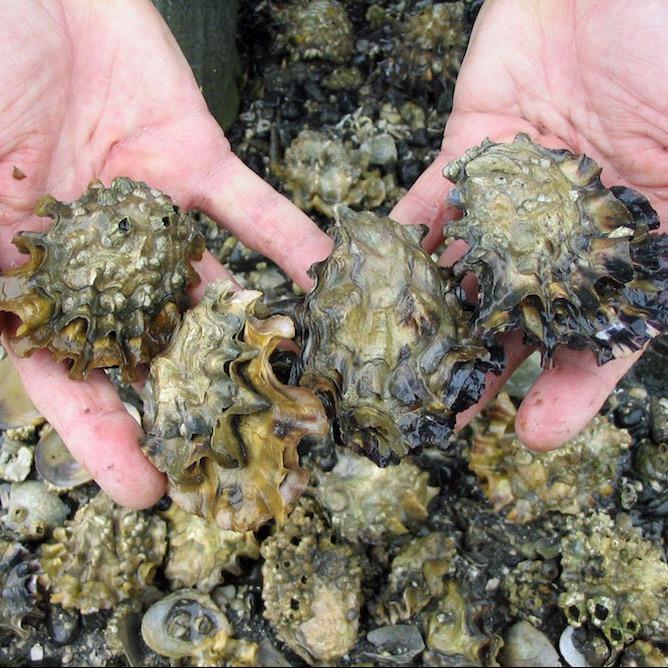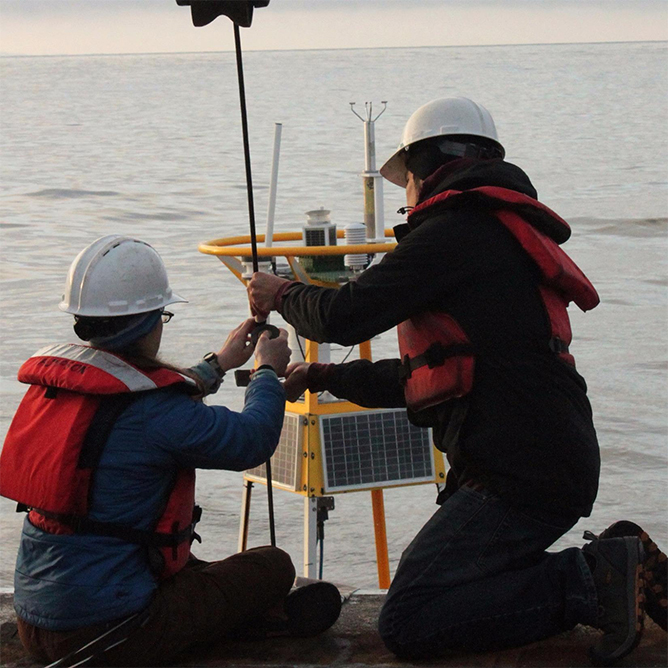Andrew Dittman – Northwest Fisheries Science Center
Resiliency and sensitivity of marine fish to elevated CO2: osmoregulatory neurosensory behavioral and metabolic responses in salmon and sablefish
Why we care
Elevated levels of marine carbon dioxide can disrupt how many marine fishes detect their environment, impairing their ability to respond appropriately to chemical, auditory, and visual cues. The mechanisms underlying differences in species sensitivity and resilience are poorly understood. This NWFSC project will explore the mechanisms underlying differences in carbon dioxide sensitivity between marine species that occupy habitats with different carbonate chemistries.
What we are doing
We will compare regulatory capabilities and behavioral responses of sablefish and salmon to improve our understanding of how future fish populations may adapt to changing ocean chemistries. Our primary objectives are to build on existing OA infrastructure and previous research at the Northwest Fisheries Science Center to determine: 1) the mechanisms underlying sablefish resilience to low pH waters, and 2) the potential behavioral and physiological impacts of low pH exposure in pink and Chinook salmon.
Benefits of our work
Pacific salmon and sablefish are key species in the marine ecosystems of the western United States. They are an integral part of the history, culture, and economy of the West Coast and Alaska. This research advances our understanding of impacts of OA on salmon and sablefish behaviors and sensory systems. Findings enable fishery managers and scientific partners to identify species, populations, and geographic areas of concern. Ultimately, project results will inform managers about the resiliency and sensitivity of salmon to OA and assist their efforts for conservation priorities.



